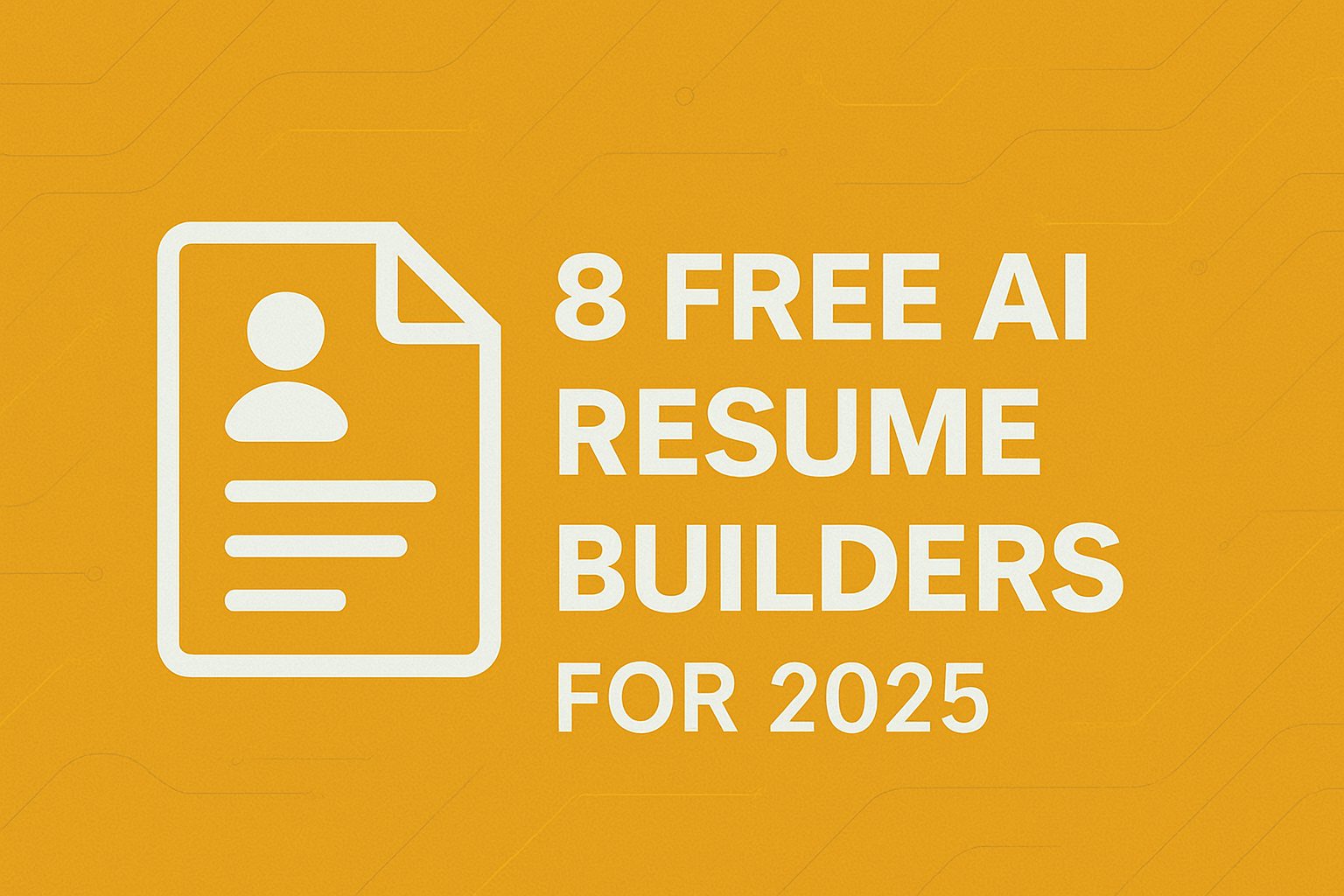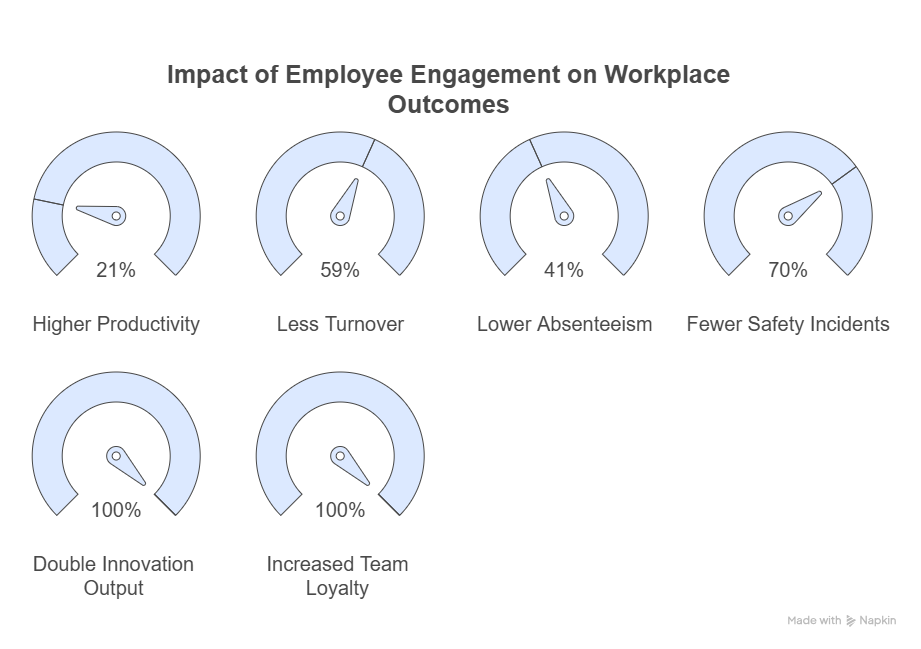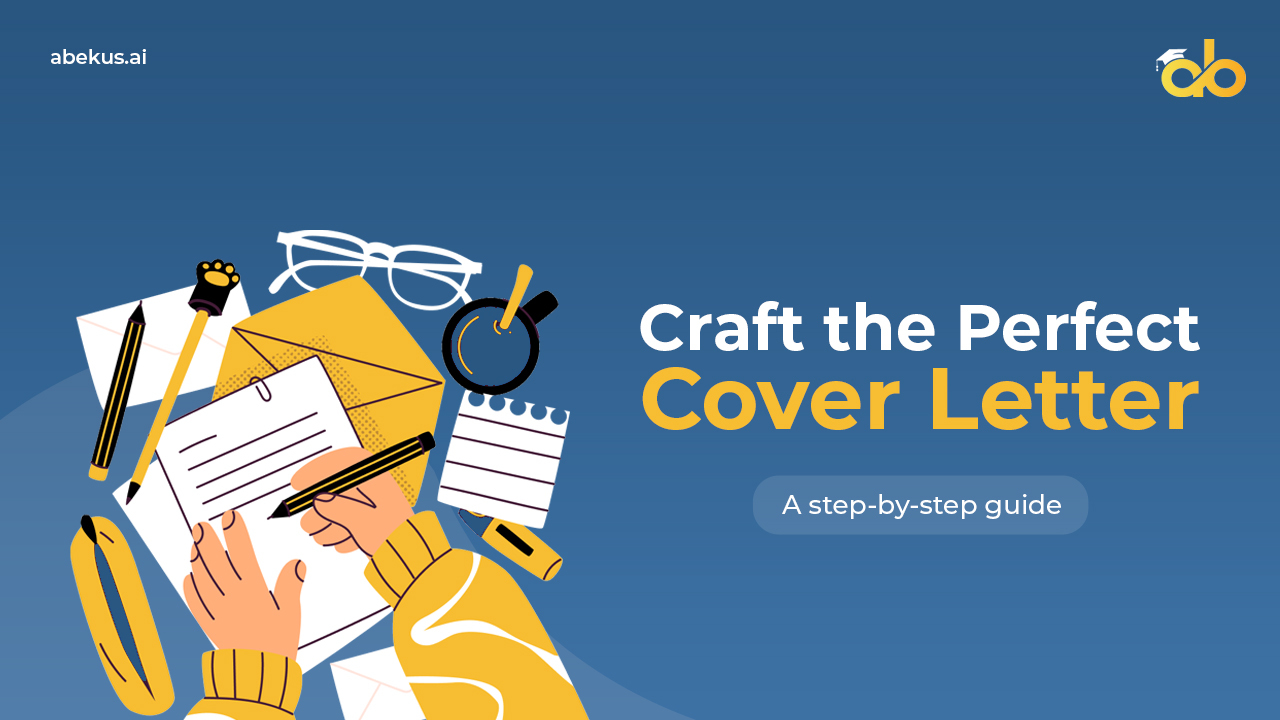Introduction
Python is one of the most in-demand programming languages due to its versatility and ease of learning. As a result, Python developers are highly sought after in the job market. Preparing for a Python-related job interview can be challenging, especially with the variety of questions interviewers might ask. In this article, we will cover 15 popular Python interview questions that will help you ace your next interview.
Outline of the Article
- What is Python?
- How is memory managed in Python?
- What are Python’s key features?
- Explain the difference between a list and a tuple in Python.
- What is PEP 8, and why is it important?
- How does Python handle memory leaks?
- What are decorators in Python?
- Explain Python’s GIL (Global Interpreter Lock).
- What are args and kwargs in Python?
- Explain how exception handling works in Python.
- How do you manage packages in Python?
- What is the difference between range() and xrange()?
- Explain Python’s lambda function.
- What is the purpose of the self-parameter in class methods?
- What is the difference between shallow and deep copy in Python?
1. What is Python?
Python is an open-source, high-level programming language that is both object-oriented and interpreted. It is widely known for its simple syntax, which makes it easier to read and write code, even for beginners. Due to its extensive libraries, Python is used in fields like web development, data analysis, machine learning, and automation.
2. How is memory managed in Python?
Memory in Python is managed through an inbuilt garbage collector. This garbage collector frees up memory when an object is no longer in use. Python also uses reference counting for memory management, where every object has a reference count, and when that count reaches zero, the memory is released.
3. What are Python’s key features?
Some of the key features of Python are:
- Easy to learn: Its syntax is simple and resembles English, making it beginner-friendly.
- Interpreted Language: Python code is executed line by line, which makes debugging easier.
- Object-Oriented: Supports object-oriented programming principles like inheritance and polymorphism.
- Extensive Libraries: Python has a large set of standard libraries, making it versatile for various applications.
- Cross-platform: Python works on multiple platforms, such as Windows, macOS, and Linux.
4. Explain the difference between a list and a tuple in Python.
Lists and tuples are both used to store collections of data, but there are key differences:
- Mutability: Lists are mutable (i.e., elements can be changed), while tuples are immutable.
- Syntax: Lists are defined using square brackets
[], whereas tuples use parentheses(). - Performance: Tuples are faster than lists due to their immutability.
- Use cases: Use lists when data needs to be modified, and tuples when the data should remain constant.
5. What is PEP 8, and why is it important?
PEP 8 is the style guide for writing Python code. It outlines the conventions for formatting Python code to ensure it is readable and consistent across different projects. Following PEP 8 ensures that Python code is easy to maintain, especially in collaborative environments.
6. How does Python handle memory leaks?
Python handles memory leaks through its garbage collector, which automatically releases memory that is no longer referenced. However, memory leaks can still occur, particularly when there are circular references or if an object holds references to other objects unintentionally. Developers must be cautious and use tools like gc (garbage collection) and memory profilers to monitor and manage memory.
7. What are decorators in Python?
Decorators in Python are a way to modify the behavior of a function or method without changing its code. They allow you to wrap another function, adding functionality before or after the main function is executed. Decorators are commonly used in frameworks like Flask and Django.
8. Explain Python’s GIL (Global Interpreter Lock).
Python’s Global Interpreter Lock (GIL) is a mutex that protects access to Python objects, ensuring that only one thread executes Python bytecode at a time. This can be a limitation in multi-threaded programs, especially on multi-core systems. However, GIL is essential for memory management and helps prevent race conditions.
9. What are args and kwargs in Python?
args and kwargs allow you to pass a variable number of arguments to a function in Python.
args: Used to pass a variable number of non-keyword arguments.kwargs: Used to pass a variable number of keyword arguments.
These features make functions more flexible.
10. Explain how exception handling works in Python.
Python uses try, except, and finally blocks to handle exceptions:
- try: Code that might raise an exception goes here.
- except: If an exception occurs, this block handles it.
- finally: This block executes no matter what is typically used for cleanup activities.
11. How do you manage packages in Python?
Packages in Python are managed using the pip tool, which is Python’s package installer. You can install, update, and uninstall packages using pip. Additionally, Python projects often uses virtualenv to create isolated environments for managing dependencies.
12. What is the difference between range() and xrange()?
In Python 2, range() and xrange() are different:
- range(): Returns a list.
- xrange(): Returns an iterator that generates the numbers on demand (i.e., it is more memory efficient).
In Python 3, range() behaves like xrange() from Python 2, so xrange() is no longer available.
13. Explain Python’s lambda function.
A lambda function is an anonymous function in Python. It is typically used for short, simple operations that don’t require a full function definition. The syntax is:
lambda arguments: expression
For example, lambda x: x + 1 add 1 to x.
14. What is the purpose of the self-parameter in class methods?
In Python, self refers to the instance of the class. It is used in class methods to access variables and methods associated with the object. Although self is not a keyword, it is conventionally used as the first parameter in instance methods.
15. What is the difference between shallow and deep copy in Python?
- Shallow Copy: Creates a new object but inserts references into the original objects. Changes made to the copied object reflect in the original.
- Deep Copy: Creates a new object and recursively copies all objects, meaning changes in the copied object do not affect the original object.
You can use copy() for shallow copy and deepcopy() for a deep copy of the copy module.
Conclusion
Mastering Python interview questions requires not only knowledge of the language but also a deep understanding of how it operates under the hood. By preparing for these common Python interview questions, you can approach your interview with confidence. Remember to practice regularly and stay updated with the latest Python developments.
FAQs
- What is Python mostly used for? Python is used for web development, data analysis, machine learning, and scripting.
- Can Python be used for mobile app development? While Python is not typically used for mobile app development, frameworks like Kivy can enable this.
- Is Python better than Java? Both languages have their strengths; Python is easier to learn, while Java is preferred for large-scale systems.
- How long does it take to learn Python? It depends on your prior experience, but you can become proficient in a few months with consistent practice.
- Is Python suitable for beginners? Absolutely! Python’s syntax is simple and readable, making it an excellent choice for beginners






